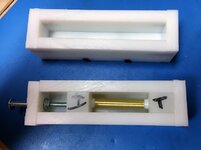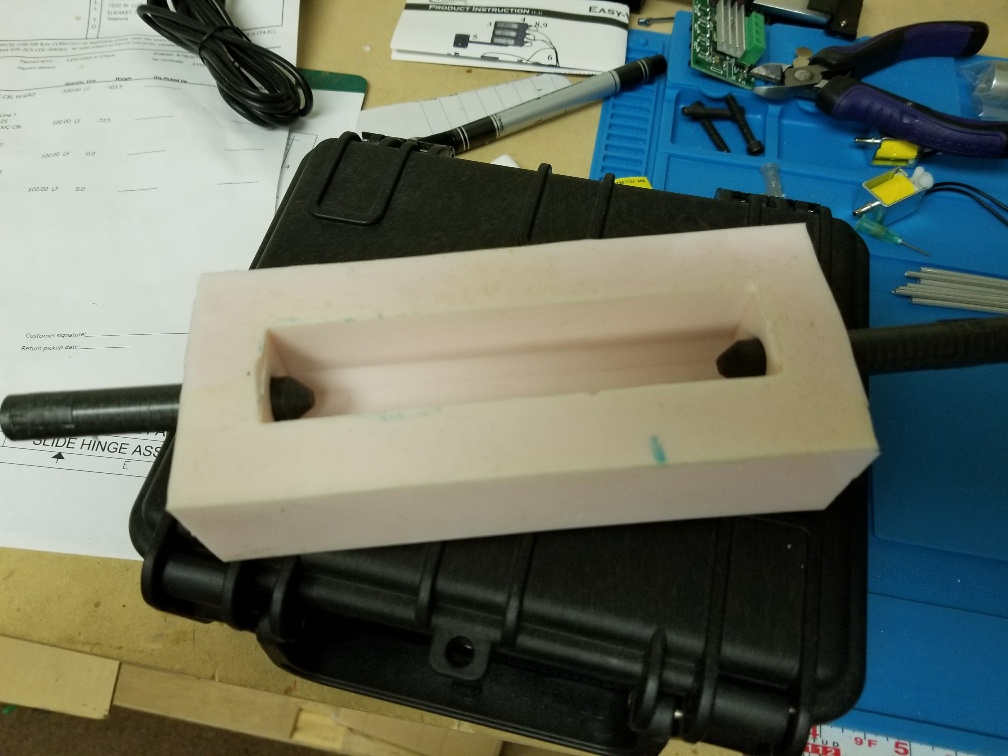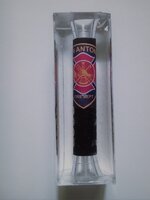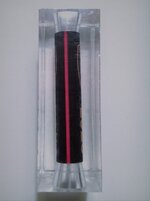Actually the screw Idea is a viable one if you are using hard plastic for the inserts. This was my idea for tube in castings,
The inserts are a self lubricating nylon so the resin does not stick, but they are hard and more often than not, the resin will seep in, especially when put into a PP. If you don't put them in a PP, air will leak out of one end and create bubbles at the seem.
Alumilite doesn't adhere well to the inside of the tube, so it usually pushes right out - but LD does stick to the brass and the last one I did, I wasn't sure if I could get it out without destroying the blank. It finally came out (and this was with a mold release) but I will wait for my KS purchase as mentioned above before I cast another.
As long as your cones are formed even, the screw idea should help seal up those joints without the need for soft silicone like the others.




